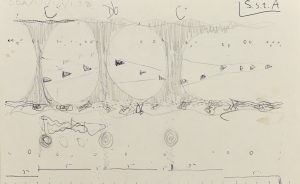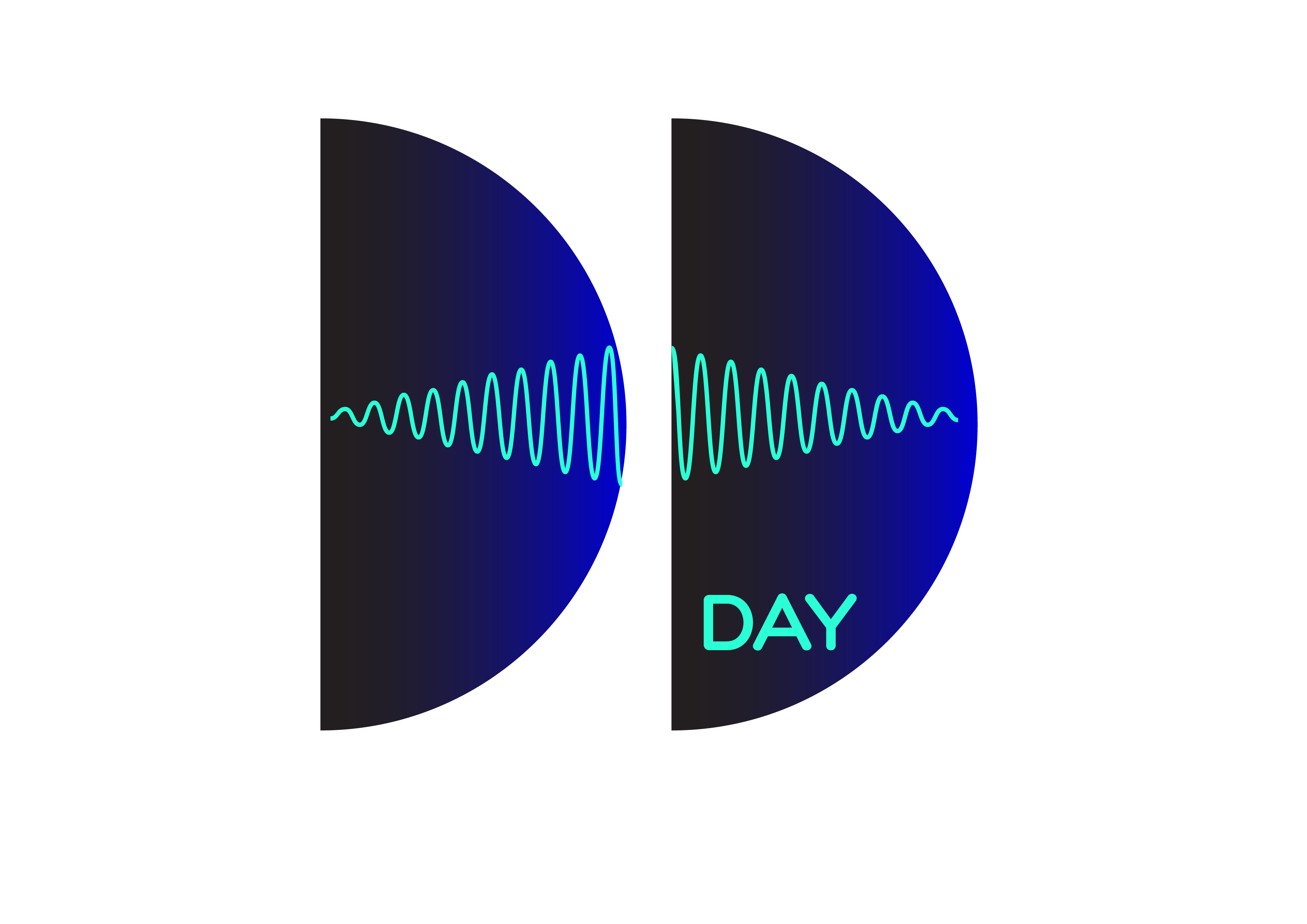How did you discover Delia Derbyshire?
I first indirectly came across the music of Delia Derbyshire when I was a child listening to the theme music for the original Doctor Who series, I of course didn’t know at this age that the music was produced by a female music composer, but years later it made this discovery even a little more exciting! In particular, as this was a programme I enjoyed watching so much as a child.
Over the past seven years, whilst studying electroacoustic composition, I have become increasingly interested in discovering the world of female electronic music composers e.g. Delia Derbyshire, Pauline Oliveros, Janet Beat, Daphne Oram and many more! This was partly due to the lack of women in the field of electroacoustic music, but more to discover who had innovatively helped shaped the sonic landscape of this field today.
I first directly encountered Delia’s work in November 2017, where BEAST (Birmingham Electro Acoustic Sound Theatre) based at the University of Birmingham, produced a concert celebrating the music of Delia Derbyshire titled BEASTdome: The Delian Dome. It was here my work “Dreaming Waves” was premiered. For this musical composition, I had the chance to explore the Delia Derbyshire Archive in The John Rylands Library at the University of Manchester, where I was able to discover Delia’s work first-hand!
How did you approach your piece “Dreaming Waves”?
This composition was heavily inspired by the work, Inventions for Radio: The Dreams by Delia Derbyshire and Barry Bermange, in particular the movements Falling and Sea, in which the album presents different sensations of dreaming. With this in mind, the piece explores the cyclic motion and sensations of dreaming with small pockets of memories and abstract sounds surfacing, creating an enveloping sound world. Dreaming Waves is created using electronically generated material, close-up microphone recordings of the voice and archival material.
For the archival material, I utilised two short extracts from DD110, provided by the Delia Derbyshire Archive at The John Rylands Library, University of Manchester within Dreaming Waves. The two extracts were work in progress make-up material from DD110, including ‘Delia’s Psychedelian Waltz’ motif which formed part of the electronic music for the 1968 film, Work is a Four Letter Word, starring Cilla Black and David Warner, directed by Peter Hall. You can hear an extended sequence of this at 01:02:25 within this video clip. Can you hear this motif within Dreaming Waves?
The structure of this work is also inspired by a sketch from Delia’s notes, in which the visual score has helped emanate the use of space, frequency content within the work and larger gestural structures.
 © The Delia Derbyshire Archive at The John Rylands Library, University of Manchester
© The Delia Derbyshire Archive at The John Rylands Library, University of Manchester
It is also important to note: Dreaming Waves was composed for an 8-channel speaker configuration ( a ring of 8 speakers). For DD Day 2018, I have prepared a binaural version so you can listen to the piece with headphones. Through various spatialisation techniques, the sounds travel around your ears, evoking the sensation spatially of being within a dream.
Many thanks go to the Delia Derbyshire Archive at The John Rylands Library, University of Manchester for the DD110 sound material and image for this work.
How has delving into Delia’s work and archive fed your development as a composer?
I thoroughly enjoyed discovering Delia’s work, and exploring her archive in greater detail for Dreaming Waves, in particular Delia’s imaginative and playful approach to sound. Delia not only utilised electronic devices within her work but also everyday found sound objects as ‘instruments’ e.g. ashtrays, metal lampshades, oxygen bottles, clocks, and broken pianos. These compositional approaches resonate with my own: (1) found sound objects manipulated electronically, and (2) considering the potential of musical sound in everyday objects. Furthermore, this has encouraged me more so to continue to explore compositions focused on particular found sound object/s and/or sound worlds. My works, Water Waves (field recordings of the sea) and Cimbaal (a cymbal) are key examples of these explorations.
Any other thoughts on Delia’s work and legacy?
It is so important to support Delia’s legacy, in particular as she never really received the recognition deserved whilst she was alive. Through educational and outreach programmes for all ages, such as Delia Derbyshire Day’s workshops, Delia’s work can be an exciting and inspirational opportunity to ignite the next generation of electronic music composers!
Website: www.emmamargetson.co.uk Twitter: @emma__margetson
Instagram: @emma_margetson Soundcloud: e-margetson
PLEASE CLICK HERE TO RETURN TO DD DAY 2018 FULL CONTENT PAGE

